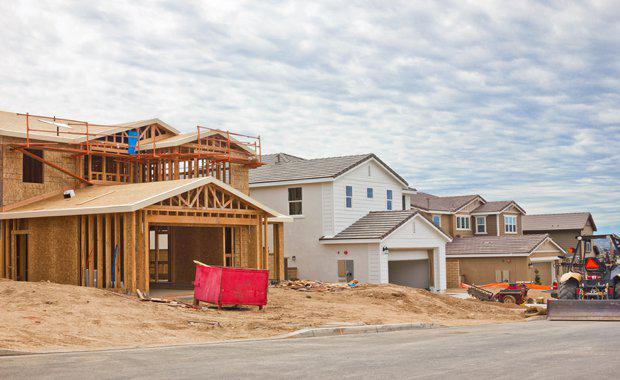Urban IQ Report Reveals Victoria's Property Market Health
The Urban Development Institute of Australia (UDIA) has released a new report providing a comprehensive overview of the property market over the March 2017 quarter.
The Urban IQ Report, in partnership with RPM Real Estate Group, looked at the Victorian economy, residential Melbourne market prices, finance activity, affordability constraints, buyer insights and property market news.
Key findings
National economic activity rebounded in the December 2016 quarter, as Gross Domestic Product (GDP) increased by 1.08% from the previous quarter and 2.4% from the previous year. Private dwelling investment and exports were key drivers in economic growth. In terms of State Final Demand (SFD), the Victorian economy has outperformed the national average with a SFD 3.15% higher than the year prior to December 2016.
After reducing the cash rate by 25 basis points in both May and August of 2016, the Reserve Bank of Australia (RBA) has made no further changes and is unlikely to make further cuts, leaving the cash rate at a historical low of 1.50%. This is in combination with inflation rising within the RBA target band of 2% to 3% in the March 2017 quarter. The official standard variable interest rate for owner-occupiers sits at 5.30%, while investor lands sit at 5.70%.
The Consumer Price Index (CPI) increased by 2.1% across Australia and 2.5% in Melbourne in the March quarter 2017 compared to the same quarter in 2016, which is the strongest increase since the first half of 2014. In Melbourne, the CPI housing index rose at 3.7%, a faster pace than overall CPI in the March 2017 quarter, highlighting the strength of the housing market.
In terms of employment, Victoria experienced an annual growth of 3.16% in the number of employed persons at March 2017. However the unemployment rate of 6.1% during this quarter was slightly above the national average of 5.1%.

The Westpac-Melbourne Institute Consumer Sentiment Index has increased from January to February, before stabilising at 99.7 in March 2017. While pessimists still outnumber optimists, the decline in consumer sentiment during late 2016 has been arrested.
NAB’s Business Survey revealed that business confidence has increased by 13.1 percentage points in March 2017 from mid 2015. This was the highest growth since the inception of the survey, which can be attributed to the growth in GDP.
Property prices in Melbourne have trended upwards since the middle of 2013. In the last 12 months leading up to the March 2017, there were 40,220 auctions with a clearance rate of 76.3%, however this is almost 6% lower than the year prior. At March 2017, house prices rose to a median of $826,000, an increase of 18% from the year prior. The median unit price rose to $583,000, an increase of 10.7% from the year prior and land prices rose to a median of $250,000, 15.2% more than the year prior.
The total value of owner occupation loans declined in Victoria by a marginal 0.2%, from the previous quarter with a total of 42,328 recorded loans, whereas investor loans increased by a sizeable 14.7% during this quarter. The increase in investor loans can be aligned to investors being able to obtain finance through second tier banks. The number of loans attributed to first homebuyers increased by 1.2% more than the December quarter 2016, however demand from this group remains stagnant due to affordability constraints. New land estates available throughout the growth areas of Melbourne and Greater Geelong will simulate competition between developers and builders to keep prices in check. An example of this is the Wollert Precinct Structure Plan that will create 15,000 dwellings.

Building activity remains relatively strong in Victoria, with a growth of 1.3% on total dwelling approvals from the previous year. This increase was primarily attributed to the sizeable 15.9% increase in approvals of flats/units/apartments in buildings of 4 storeys and higher. Total dwelling starts in Victoria are expected to remain relatively strong through 2016/2017 at 62,300 commencements.
A significant proportion of homebuyers are born in Australia (23%) or in India (17%), and 51% of purchasers are from ages 25 to 34. The majority of purchasers have a household income below $100,000 and are a two-car household, with driving as the dominant mode of transport to a person’s place of employment. When considering a purchase, consumers highly preference price, parklands and open space, block size and being close to major roads/freeways and shops.













